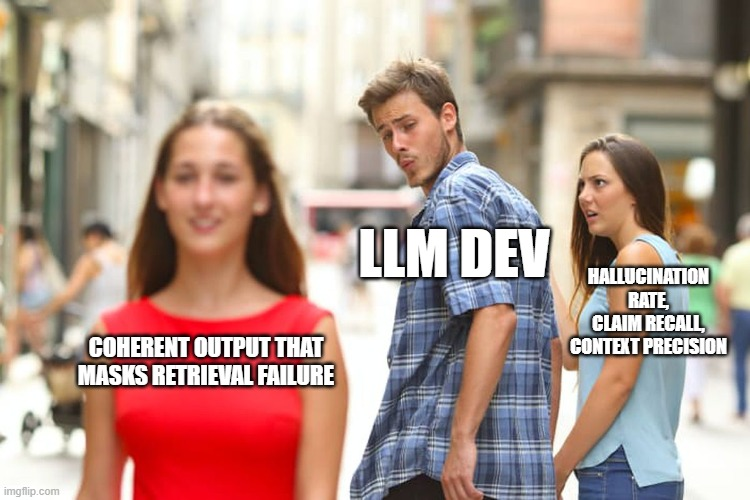AI browsers: a needs analysis
For the consumer, chatbots are synonymous with AI. The browser serves as a universal workspace for daily work and life, delivering the chatbots we can’t get enough of, but there is a case for deeper integration - embedding AI within the browser experience itself. Should AI be in the browser? If so, how?







